
Link: My 2013 Memories as a Salt Lake Tribune photographer
I have the best job in the world. Here are some of the people and moments that left their mark on me over the past year…
As technological change has changed photojournalism, news photographers fear that iconic images that could trigger the public’s conscience are being missed.
via Reuters: http://blogs.reuters.com/david-rohde/2013/12/18/will-a-billion-selfies-cause-us-to-miss-history/
photography is our predominant means of communication. Dizzying technological advances allow a mind-boggling number of images — half-a-billion a day — to be shot and posted online. Yet the emergence of the Web and smartphones has made it harder than ever for photographers to earn a living
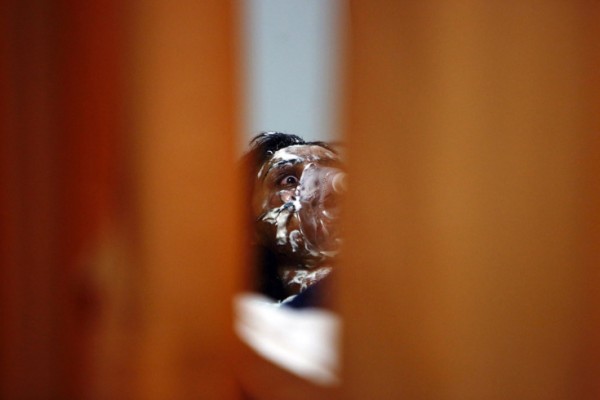
The narrow aperture is as salient as the face behind it, while the blinds on each side make a thick frame designed to obscure. The message is clear: what you see through the aperture of the camera is not the whole picture.
via Reading The Pictures: http://www.bagnewsnotes.com/2013/12/she-is-seeing-terror-you-are-seeing-terror-we-will-continue-to-see-terror/?utm_source=feedburner&utm_medium=feed&utm_campaign=Feed%3A+Bagnewsnotes+%28BAGnewsNotes%29
The caption said, “A victim, with her eyes wide open, lies on a hospital bed after an attack on a passenger microbus by an unidentified group in Kathmandu.” Too many elements of this scenario are all too familiar: civilians being targeted by unknown attackers, institutional support coming after–not before–the carnage, while eyes are wide open yet seemingly unconnected to any means to stop the violence.

Link: Illuminating a Central African Crisis, Photo by Photo – NYTimes.com
When mostly Christian militias loyal to the ousted president launched an attack on the Central African Republic’s capital, Bangui, on the morning of Dec. 5, the Associated Press photographer Jerome Delay was in his hotel. Cut off from his driver because of the fighting, Mr. Delay walked and caught rides from pro-government forces instead.
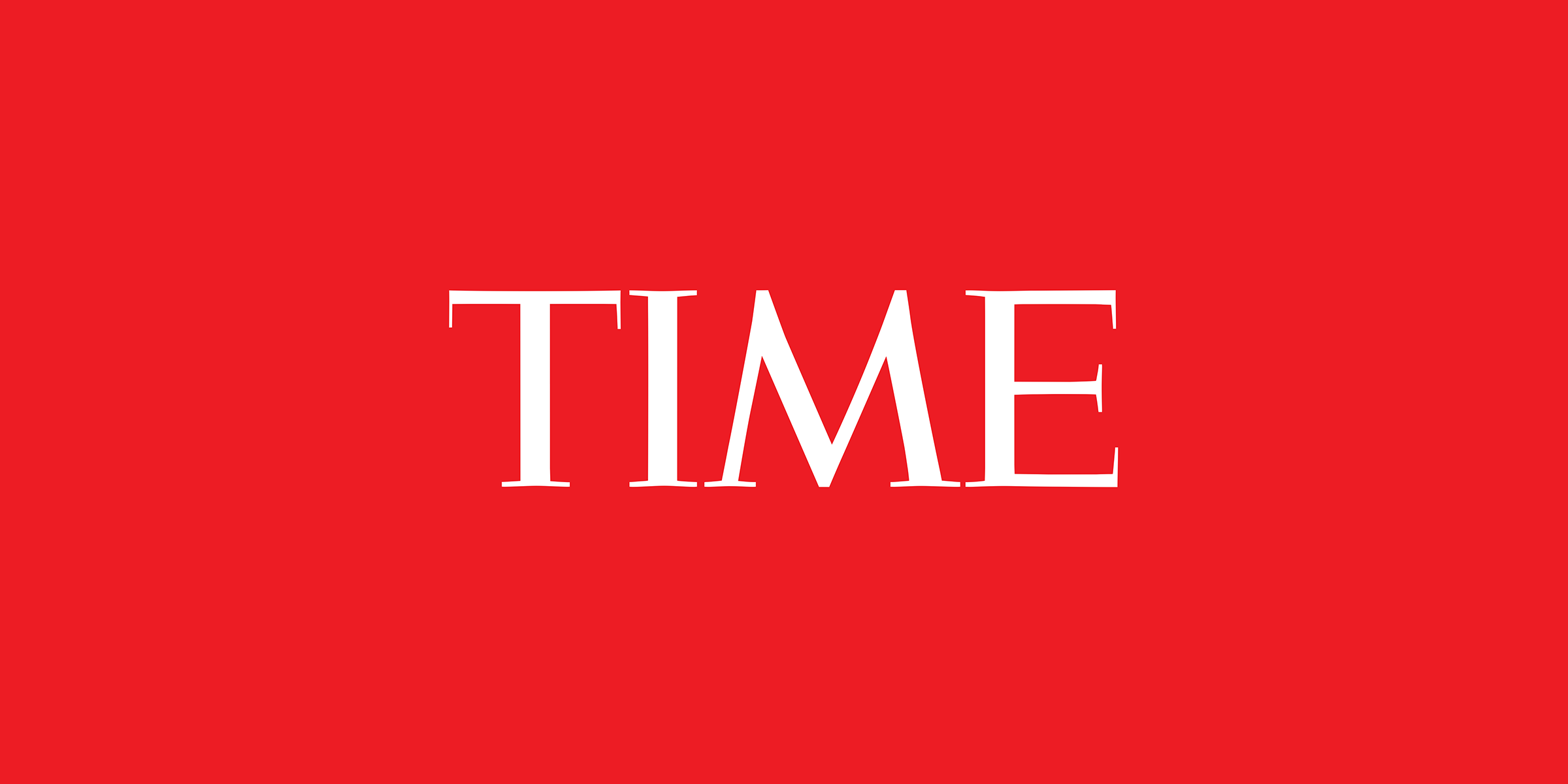
Read the latest stories about LightBox on Time
via Time: http://lightbox.time.com/2013/12/09/pjl-december-2013-part-1/
Sometimes I feel like the work that I’ve done hasn’t really changed anything. This is just me…this is my own personal thing. I’m not going to speak for other journalists who have covered things all over the world. I’ve covered Libya, but I don’t really know if I’ve made a difference….or helped some of the people that I’ve photographed in places like Afghanistan or Iraq. I mean, what impact have my images made…besides perhaps educating people? And here, I personally have a chance of helping someone.
Link: ‘Identity Crisis’ in Photojournalism – AJR.org
This advent of the new Super Journalist, the photographer who writes and the writer who takes photographs, is creating one of the biggest upheavals in modern journalism since online platforms gave everyone, including monthly magazines, a 24-hour news cycle.
In this new world, a world in which everyone is a photographer, what then happens to the photojournalists?
Nelson Mandela, the legendary African National Congress leader and former South African president, was a symbol of hope, justice and human rights to people around the world. South African photographers who saw him up close over the years—both before his i
via PDNPulse: http://pdnpulse.pdnonline.com/2013/12/the-pleasure-and-challenges-of-photographing-nelson-mandela.html
Gubb recounts one of Mandela’s ceremonial walks around the presidential compound in Cape Town. Mandela was surrounded by a phalanx of photographers when a photojournalist working for a local Afrikaans newspaper suddenly fell backwards into a fish pond.
“If your pictures aren’t good enough, you’re not close enough,” Robert Capa famously said. But was he right? To celebrate the 100th birthday of Robert Capa and the upcoming show “Capa in Color” at the International Center of Photography, Magnum Photos has
via PDNPulse: http://pdnpulse.pdnonline.com/2013/12/what-does-robert-capas-close-enough-rule-mean-today.html
To celebrate the 100th birthday of Robert Capa and the upcoming show “Capa in Color” at the International Center of Photography, Magnum Photos has been asking photographers to reflect on the great photojournalist’s legacy—and his famous adage— in an online project called Get Closer 100.
Yesterday photojournalist Benjamin Lowy posted a photograph on Instagram and Facebook of a man he identified as a former photojournalist, who through a series of tragic circumstances found himself living on the street. Lowy shared his image of the man, na
via PDNPulse: http://pdnpulse.pdnonline.com/2013/11/tragic-story-of-former-photoj-inspires-upswell-of-support-on-fb.html
a man he identified as a former photojournalist, who through a series of tragic circumstances found himself living on the street. Lowy shared his image of the man, named Scott Sutton, and recounted the conversation he and Sutton had on the street near Union Square in New York City. After Lowy told Sutton that he is a photojournalist, “the conversation took a turn to the surreal,” Lowy wrote.
Career-building website CareerCast.com has ranked the top 200 jobs, and “Photographer” and “Photojournalist” were ranked 172 and 188 respectively. According to the study, which factors in “physical demands, work environment, income, stress, and hiring out
via PDNPulse: http://pdnpulse.pdnonline.com/2013/11/job-rankings-claim-dishwasher-a-better-job-than-photojournalist.html
a man he identified as a former photojournalist, who through a series of tragic circumstances found himself living on the street. Lowy shared his image of the man, named Scott Sutton, and recounted the conversation he and Sutton had on the street near Union Square in New York City. After Lowy told Sutton that he is a photojournalist, “the conversation took a turn to the surreal,” Lowy wrote.
Link: Journalists under attack: Pros offer safety advice | Poynter.
I just try to stay calm and aware, which is much tougher to do than it sounds. If someone asks why I’m there shooting video — especially if they have an edge of contention about them — I’m honest but don’t give any details other than the headline of the story. A little perceived ignorance can go a long way toward keeping the situation calm.
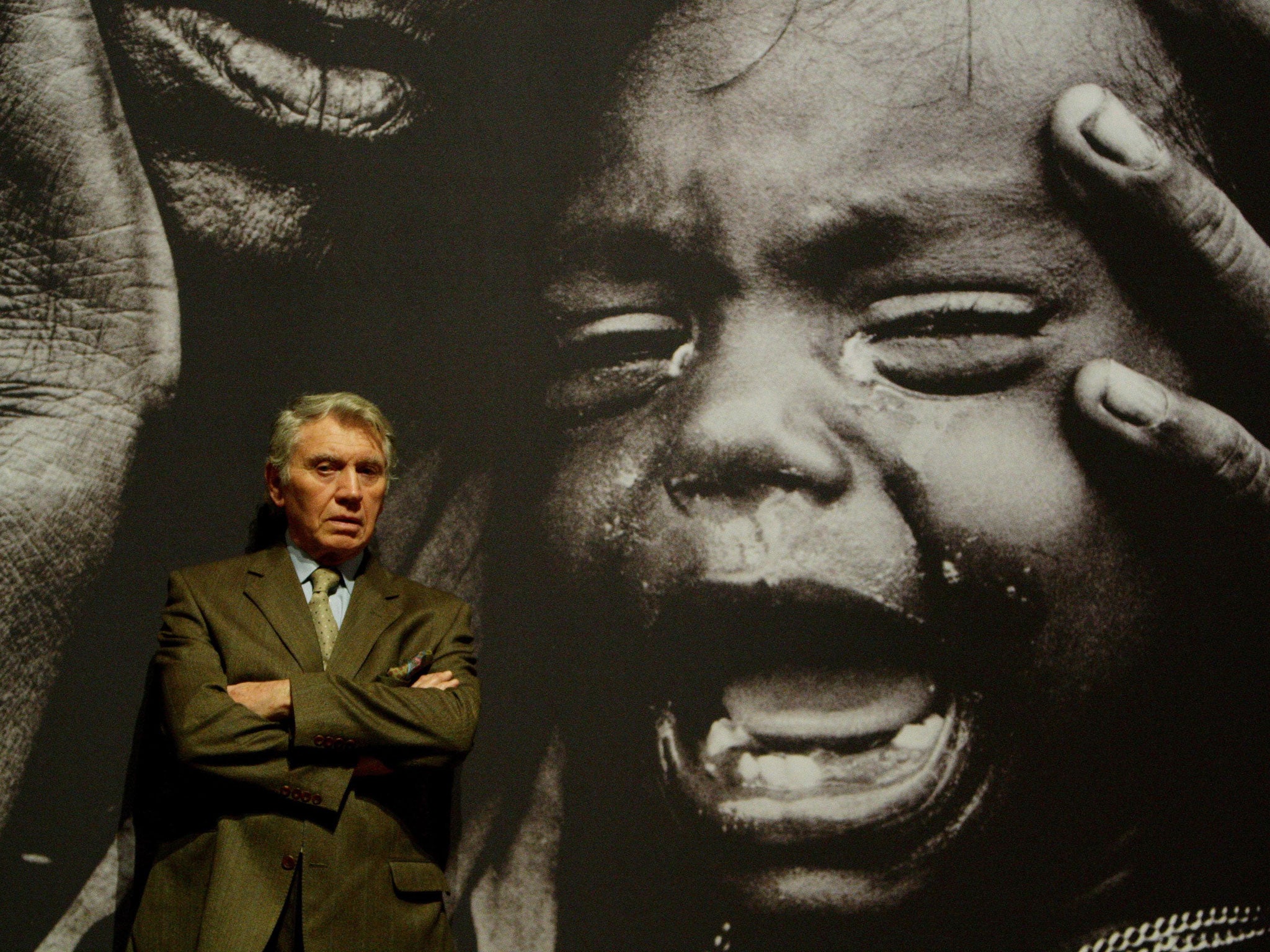
Celebrated war photographer urges next generation to record UK’s ‘social wars’
via The Independent: http://www.independent.co.uk/arts-entertainment/art/news/forget-foreign-conflicts-chronicle-britain-says-war-photographer-don-mccullin-8947692.html
War photographer Don McCullin has called on the next generation of snappers to cover the poorest communities in Britain in an effort to stop them becoming further marginalised.
via Correspondent: http://blogs.afp.com/correspondent/?post/Life-lessons-in-the-hell-of-Tacloban
This miserable and ruined hovel becomes our headquarters. We spend the first nights there, 15 of us crammed onto wooden planks with other journalists, soldiers and rescuers. The ground is muddy and disgusting insects teem around us. It smells of urine (of course there are no toilets) and the stench mixes with the odour of dozens of decaying bodies, which under the blazing sun are quickly decomposing around us.
‘A visual shock. For the first time in its history, Libération is published without photographs. In their place: a series of empty frames that create a form of silence; an uncomfortable one. It’s noticeable, information is missing, as if we had become a m
via British Journal of Photography: http://www.bjp-online.com/british-journal-of-photography/news/2307127/french-newspaper-removes-all-images-in-support-of-photographers
To coincide with Paris Photo’s opening, French newspaper Libération has chosen to remove all images from its 14 November issue in a bid to show the power and importance of photography at a time when the industry is facing unprecedented challenges, say the newspaper’s editors
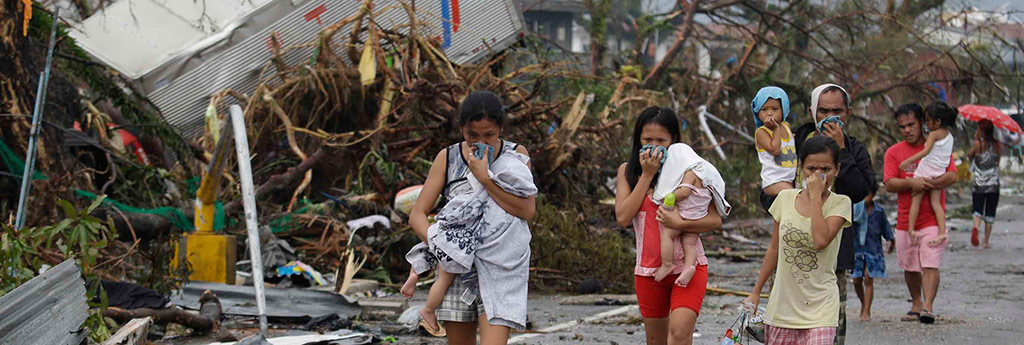
Photojournalist Bullit Marquez’s job leads him toward situations that most people would flee. The Associated Press photographer has been covering the devastation of Typhoon Haiyan in the Philippines. He’s covered devastation before. But this story is more
Link: http://cnnphotos.blogs.cnn.com/2013/11/11/eyewitness-to-haiyan-a-photographers-story/
It’s a four-hour walk to travel from the airport to the city, where Marquez takes the majority of his photographs. The distance limits him to filing images to his editors about once a day after a journey back to the airport.
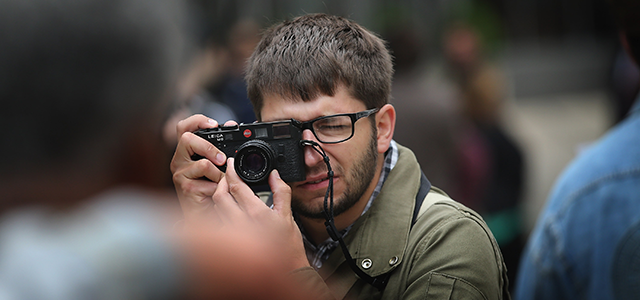
Photographers, along with other visual journalists, represent the category of newsroom staffers hit hardest by the rounds of job cuts.
via Pew Research Center: http://www.pewresearch.org/fact-tank/2013/11/11/at-newspapers-photographers-feel-the-brunt-of-job-cuts/
the annual newsroom census from the American Society of News Editors indicates that photographers, along with other visual journalists, represent the category of newsroom staffers hit hardest by the numerous rounds of job cuts
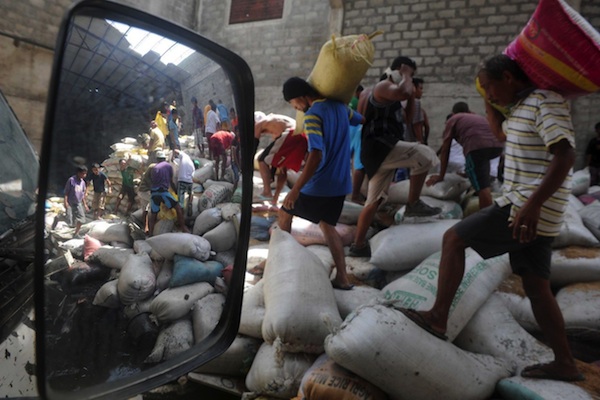
Once again, it’s not looting if people are starving and have no alternative.
via Reading The Pictures: http://www.bagnewsnotes.com/2013/11/typhoon-haiyan-early-pictures/?utm_source=feedburner&utm_medium=feed&utm_campaign=Feed%3A+Bagnewsnotes+%28BAGnewsNotes%29
Once again, it’s not looting if people are starving and have no alternative
Link: A Chat with The Kashis: A Photojournalism Family Juggles Chaos and Calm | PROOF
Ed Kashi’s story on northern Nigeria’s Islamic insurgency appears in the November issue of National Geographic magazine. His wife, Julie Winokur, is a writer/filmmaker, and co-founder of Talking Eyes Media. They have two children, Eli, 18, a college freshman, and Isabel, 15.
In this edition of Conversations, National Geographic senior photo editor Alice Gabriner chats with the Kashi family about love, work, and finding the balance between the two.
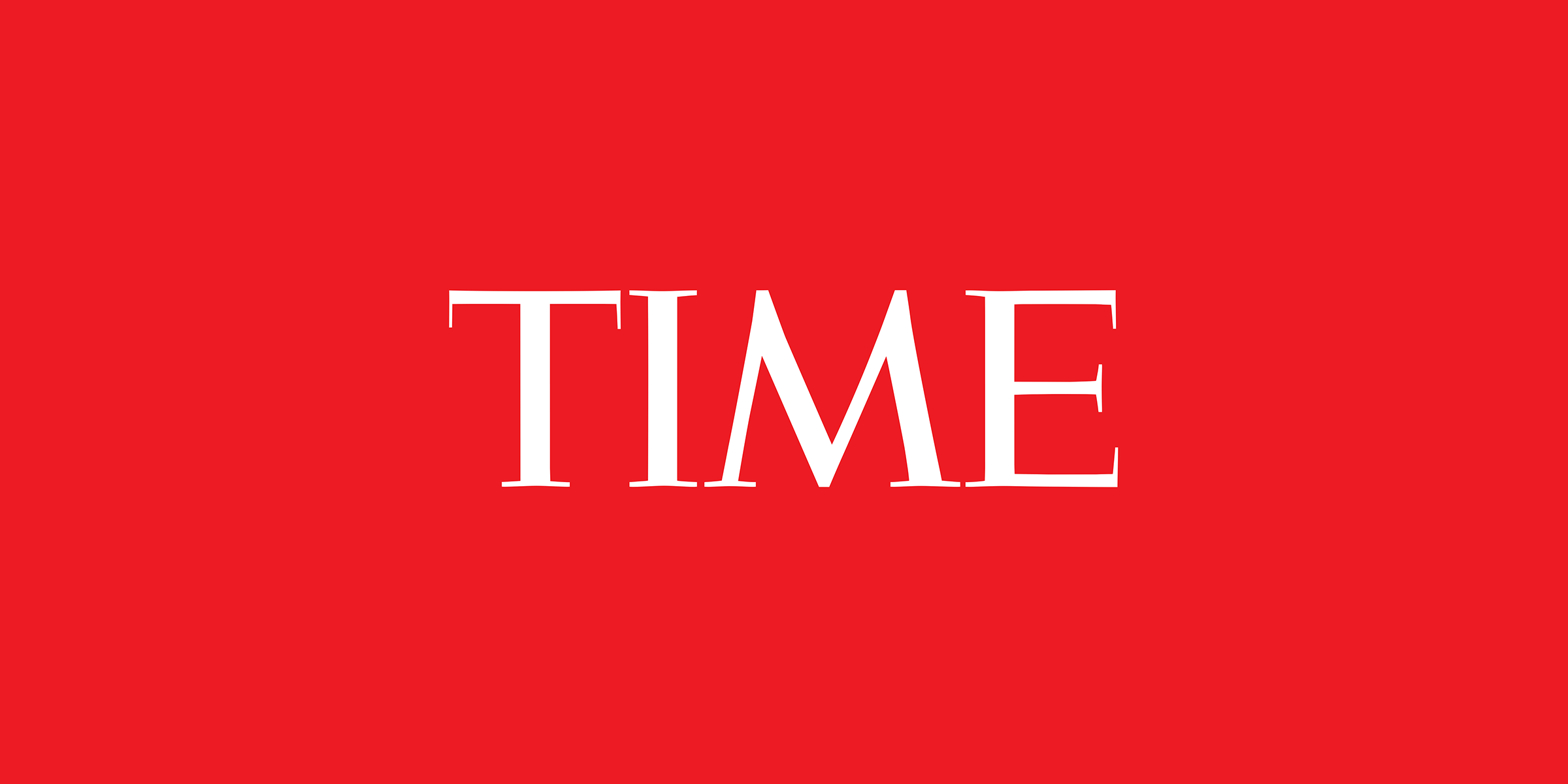
Read the latest stories about LightBox on Time
“My selection in the first Joop Swart Masterclass came with excitement and total pride in having been honored with a place in such a renowned international workshop. I remember it being one of my first big breaks ever as a photographer. The inspiration and knowledge gained from both masters and students was unrivaled. It’s still a highlight in my life and I have great memories of the experience. Some of the students and masters of that class have become close friends as well. Very special indeed!”